Getting enough sleep is a critical component of every beauty regimen, but could your sleep position actually be causing new wrinkles to form as your body and mind recharge?
Anyone who has suffered a poor night’s sleep is well aware of the potential negative impact a lack of sleep can have on our facial appearance: puffy eyes, dark circles, breakouts or a dull complexion. Lately, concern has been growing that the very act of getting our beauty sleep may be causing wrinkles to form if we sleep in a position that pushes our face into creases against our pillow.
Side, Stomach or Back: Which Sleep Position are You?
When it’s time for lights out at the end of a long day, most people have a favorite sleeping position to assume. A British sleep study done by the Sleep Assessment and Advisory Service found that the largest percentage of study participants, 41%, regularly slept on their sides in the fetal position.
Whether you fall into the side sleeper category or the more rare category of stomach sleeper, you may have noticed a few lines on your face immediately after waking where your pillow or sheet made an imprint as you slept. Is this a temporary change, or is something deeper, more long-term at play?
The Real Question: What Causes Facial Wrinkles?
To find out about any possible long-term ramifications sleeping position may have on our faces, we sat down with two experts on facial aging, Indiana plastic surgeon Dr. Bruce Van Natta and Florida plastic surgeon Dr. Clifford Clark.
According to Dr. Van Natta, while the act of sleeping on your side may bring a fold in your face to your attention, it’s not the position you are sleeping in that is causing the wrinkle to appear in the first place. The real culprit is a combination of other factors that include sun damage, loss of elastin and collagen as you age, and your genetics.
Dr. Clark agrees. “Unfortunately, by the time you see those wrinkles, the issue has already occurred. You’ve had seventy percent of your sun exposure before the age of seventeen. The process of losing collagen and elastin fibers has really brought itself to fruition, when you finally see the symptom of those wrinkles.”
The Link Between Sleep Position & Wrinkles
Chronic folding of the skin is not the primary cause of wrinkles: aging is. However, the act of folding the skin continually in the same place can cause fault lines to appear in aging skin. Frown lines, scowl lines and laugh lines are all the result of a combination of facial aging and chronic folding due to muscle movement. Similarly, it is true that chronic folding can be caused by your sleep position if your sleep position is folding your skin continually in the same place.
A Four Step Plan to Combat Facial Aging:
- Stop sun damage
- Use medical-grade skincare to restore skin health
- Restore volume with injectable fillers or fat transfer
- Consider a facelift
How to Rejuvenate Aging Skin
The first step towards skin rejuvenation is to stop the biggest aging culprit: sun damage. “Sun damage, it’s all about sun damage. Use a sunscreen on a daily basis,” urges Clark. “Go to a spray tan instead of a tanning bed.” He also recommends medical-grade skincare products to his patients that are rich in anti-aging vitamins A, C & E, and antioxidants to help restore health and combat damage in aging skin.
Restoring Volume to Aging Skin
“We get a deflation effect as we lose volume in our faces,” shares Van Natta. “It’s a fundamental part of aging. When it’s under-filled, if you will, that laxity is going to show itself.”In their medical practices, Drs. Van Natta and Clark use both facial fillers and harvested fat to restore volume in aging faces.
Think about a balloon filled with air. Pressing on a full balloon will not leave a crease or a mark. As a balloon deflates, pressing on the same balloon will allow creases to show where pressure is placed. Similarly, by restoring volume to an aging face, wrinkles can be reversed, to a certain extent.
Removing Wrinkles with Surgery
“Ultimately, sometimes things get so wrinkled, the pleats actually need to be removed. That’s of course what a facelift does,” explains Clark. During a facelift, incisions are placed around the ear and skin is removed, allowing the surgeon to pull the facial skin tight and erase wrinkles altogether. While our cheeks lose volume as we age, the volume that remains is pulled downward by gravity. This causes jowls to appear along the jawline. Most facelift procedures also involve surgical re-positioning of soft tissue that has sagged, as well as restoration of lost volume to the cheeks with fat transfer.
And finally, regardless of the position you sleep in, always get your beauty sleep.


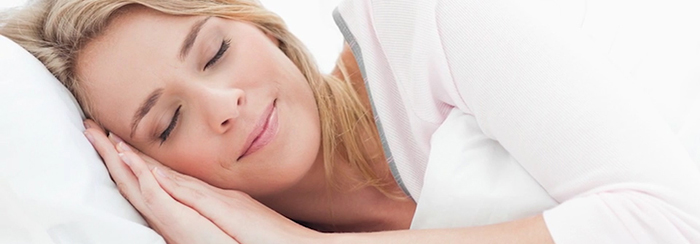


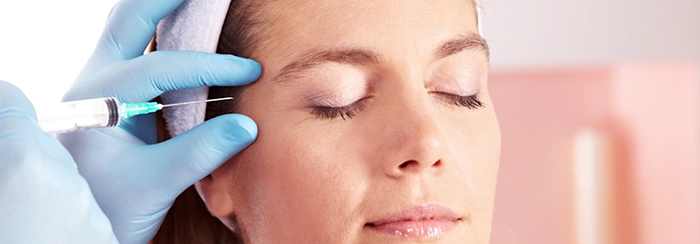
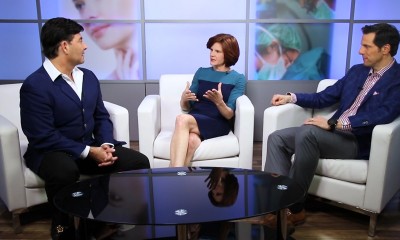

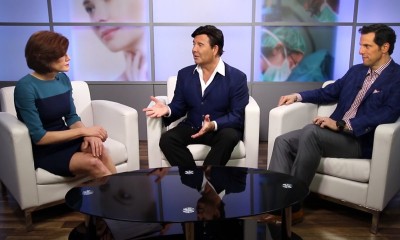



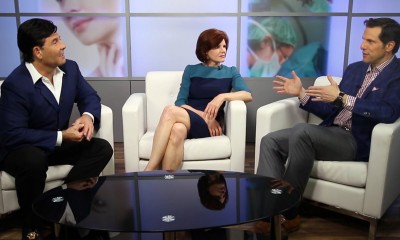
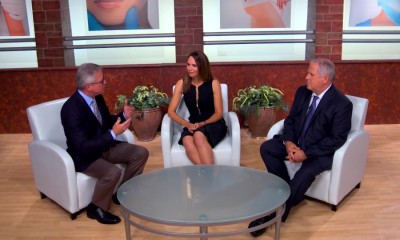





Facebook
Twitter
Instagram
YouTube
RSS